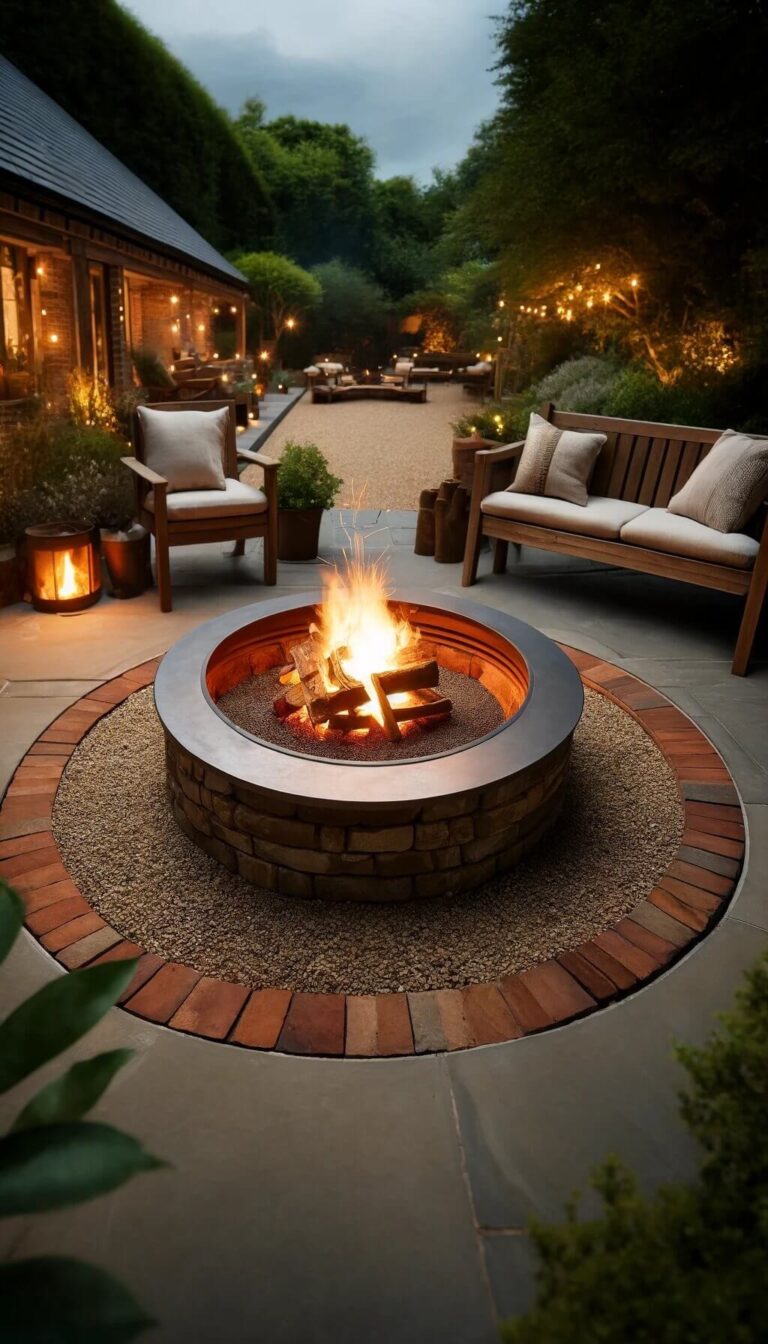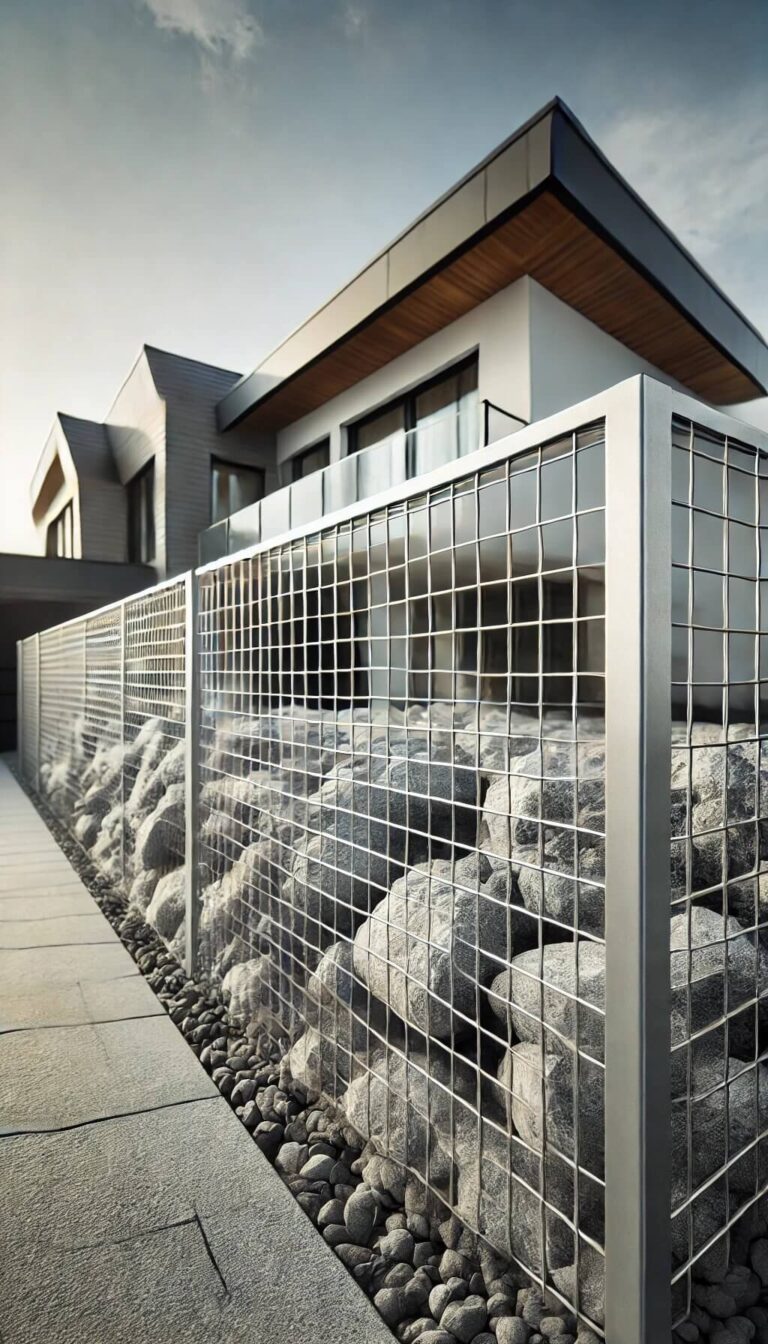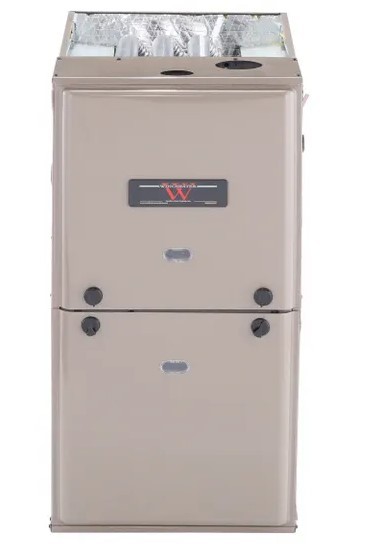19+ Types Of Gravel For Driveways And Landscaping
What is gravel?

Gravel is a composite material formed by combining various rock fragments, boasting a coarser texture than sand. Its diverse shapes and sizes make it an ideal aggregate component for construction materials like cement or asphalt. While it can be used as a standalone material in landscape design, road construction, and the creation of pathways and driveways, its primary function is to serve as a vital ingredient in various mixes.
The range of gravel sizes spans from granules to boulders, with pea gravel being the most sought-after variety.
Gravel sizes
While it’s true that gravel doesn’t come in a one-size-fits-all form, understanding the various sizes is crucial for effective application. To give you a better idea, here are the different gravel sizes: fine (2-6.3mm), medium (6.4-20mm), and coarse (21-63mm). When it comes to constructing driveways or roadways, the size of the gravel used can significantly impact the outcome. This is because the chosen size determines where it will be incorporated within the overall layering structure.
For instance, top fills typically require fine gravel, while middle and base layers often rely on medium to coarse-grade gravel.
What is gravel used for?
Gravel’s significance extends far beyond its traditional uses in construction, concrete aggregates, roadworks, and infrastructure. Its versatility is showcased through its various applications, including drainage control, erosion prevention, and landscaping enhancement. In terms of drainage, gravel’s unique shapes and sizes create pathways for excess water to escape, making it an effective solution for managing moisture levels.
This same property also makes it a valuable asset in controlling erosion. On a larger scale, gravel is a reliable aggregate material for roads, driveways, curbs, and other infrastructure projects due to its durability and cost-effectiveness. However, its benefits don’t stop there. Gravel can also be used as an inorganic mulch in landscaping and gardening, providing a natural-looking alternative to traditional mulching methods.
Furthermore, it can serve as a border material, edging, or accent piece, adding visual appeal to landscapes and gardens.
Types of gravel for driveways and landscaping
When it comes to driveways and landscaping, there’s a vast array of gravel options to choose from, with over 15 distinct types. While many varieties exist, this list focuses on the most popular and versatile types, highlighting their composition and common uses for various home improvement projects.
Aquarium gravel

This versatile gravel, available on Amazon, has uses beyond just fish tanks or aquariums. Its natural filtering properties make it an excellent choice for maintaining clean water in home water features and other aquatic systems. Whether you’re looking to create a serene pond or simply keep your koi pond thriving, this gravel is an essential component.
Bank gravel

The hybrid gravel at play here boasts an impressive water-draining capacity, earning it widespread popularity among landscapers. This unique feature enables plants to thrive, as they can establish a strong root system without interruption from soil erosion. The secret to its success lies in its carefully crafted blend of clay, dirt, large and small gravel, and sand. When used to fill gaps in the landscape or serve as a substrate for concrete, this versatile material proves invaluable.
Base Gravel #3
The primary application of this gravel type is for driveways, serving as the foundation or base surface. Interestingly, it’s widely regarded as the most suitable choice for driveway bases. From a technical standpoint, #3 base gravel is actually a type of crushed stone, albeit with a larger particle size, often measuring 2 inches in diameter or more.
Crimson stone
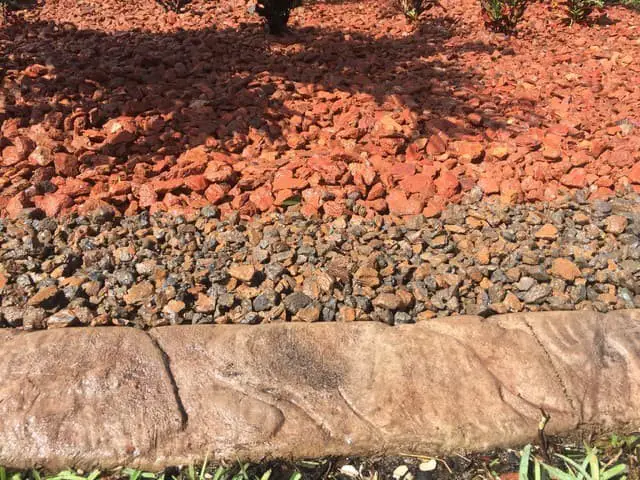
Characterized by its vibrant hues of red, orange, and occasionally black or grey, this decorative gravel variety boasts a striking visual appeal that can elevate any landscape or garden setting. Its unique color palette makes it a popular choice for both commercial and residential properties, where it’s often used to add a touch of sophistication and elegance.
Crushed stone

A popular blend of coarse sand and small rocks, crushed stone offers a unique combination of durability, affordability, and versatility. With a range of colors and textures to select from, it’s an ideal choice for various applications. Its high drainage capacity makes it particularly well-suited for use on driveways and in landscaping projects. The size classification of crushed stones is another key factor, with common categories including those listed below.
Crushed stone #411

The next step down in size from the standard crushed stone is the #411 variant, which combines the finer #57 particles with the dust from coarser stones. This blend provides an ideal solution for filling the first layer of driveways, as it creates a sturdy and reliable surface capable of withstanding various types of vehicles.
Crushed stone #57
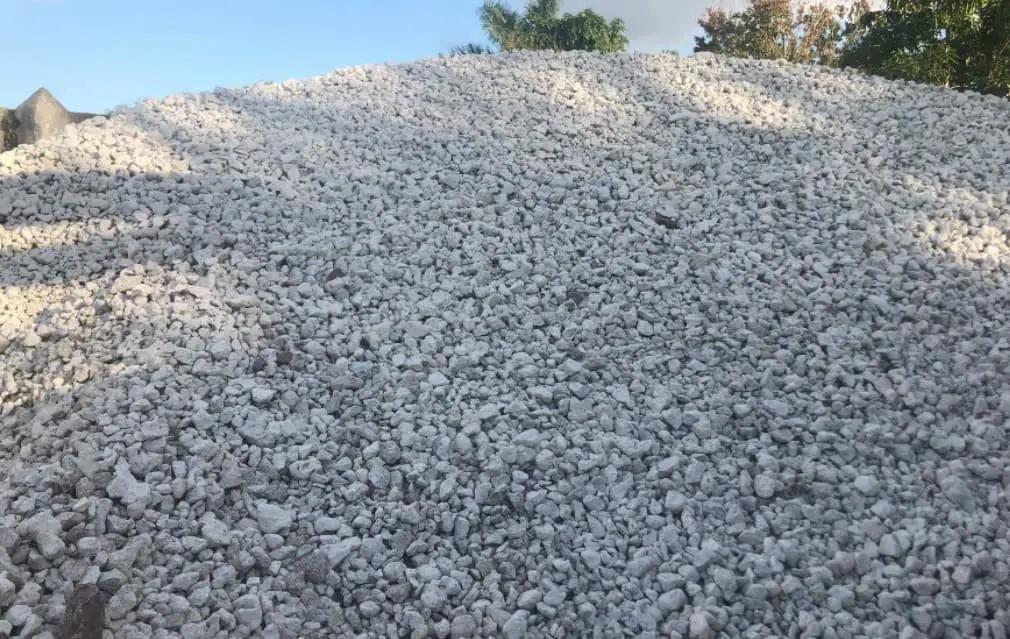
Crushed stone, specifically river gravel, is a well-known type of crushed stone that is easily recognizable due to its angular appearance. This characteristic makes it an excellent material for landscape drainage, as it prevents rocks from sticking together. Additionally, it’s often used as aggregate in concrete and serves as the second layer in natural driveways. The versatility of river gravel has made it a popular choice for various applications.
Decomposed Granite

This popular gravel type is a top choice for creating a rustic landscape or garden, particularly in xeriscapes and desert gardens where it’s used to add a natural touch to tree and shrub plantings. Its reddish-tan color also makes it a great option for walkways, adding warmth and visual interest to the space. The weathered granite pieces that make up this gravel are a key factor in its unique charm.
Dense Grade

One of the top-rated gravel types for driveways is dense grade aggregate, also known as road stone. Similar to quarry process stone, it’s composed of crushed stone and stone dust. The crushed stone component typically consists of granite-gneiss, limestone, trap rock, or a combination of these three materials. This type of gravel boasts a high binding capacity, resulting in a solid surface once compacted.
While it provides a sturdy foundation, dense grade aggregate isn’t particularly aesthetically pleasing and may not be the best choice for areas with wet or wintry climates due to its limited drainage capabilities.
Item #4
The most common application of this type of material is in driveways, where it serves as the base layer. Its composition typically involves a blend of crushed stone, sand, and dirt. This combination yields various subtypes, each featuring distinct materials such as rocks, bricks, bluestone, limestone, grey gravel, and recycled concrete. The unique characteristics of this material – including shape, size, texture, and consistency – make it an ideal choice for the initial layer of a driveway.
Pea gravel

The most budget-friendly type of gravel, pea gravel is commonly utilized as an aggregate material in road and driveway construction, as well as in concrete mixes. Its unique combination of chipped and rounded stones also makes it a popular choice for landscaping projects, where it can add texture, color, and visual interest to the landscape.
Additionally, its grainy feel and compactability make it an excellent option for garden pathways and plant surrounds, allowing for efficient drainage and erosion control. The name ‘pea gravel’ originates from the small size of its particles, which typically measure between 4-10mm in diameter.
Quarry Process stone
Crusher stone, also referred to as QP or shoulder stone, is a versatile and durable material composed of crushed stone (typically limestone, granite, or top rock) blended with stone dust. Its applications are diverse, but its primary use is as the first layer filling for driveways, where it excels in providing a solid foundation. To optimize its performance, however, it’s crucial to design the driveway with a raised midsection and lower sides, allowing for effective drainage.
River rock

The most prominent type of gravel is characterized by its composition of beach, creek, and river stones. These eroded stones are widely employed in landscaping endeavors, particularly for edging and accent purposes, owing to their smooth surface texture and diverse color palette. Furthermore, their excellent drainage capabilities make them a suitable choice for lining water features such as creeks, ponds, and fixtures, further emphasizing their multifaceted utility.
Lava stone

Lava rock, a natural wonder crafted from calcified magma, presents itself in two distinct hues: fiery red and rich black. The former, often crushed into fine particles, serves as an efficient inorganic mulch for arid xeriscapes and desert gardens. This utilitarian approach allows for efficient soil moisture retention while suppressing weeds. In contrast, the sleek black lava stones are strategically placed to create visual interest through their striking contrast and tactile appeal.
As a decorative accent or border, these natural beauties add depth and character to any garden landscape.
Chat
The result of sifted sand, these tiny particles measure between 5-10mm in size. Characterized by their coarse texture, they are often employed in landscaping projects where minimizing dust is crucial. Additionally, they find application in construction settings, serving a similar purpose.
Stone dust

Stone screenings are renowned as the finest crushed stone, often blended with concrete to create a durable and long-lasting material. However, its applications extend beyond just construction projects – it can also be used as a standalone surface for driveways, providing a firm and water-resistant foundation. When utilized in this way, the stone dust prevents weed growth, ensuring a neat and tidy appearance.
Additionally, its binding properties make it an ideal component when combining with larger stones, asphalt, or cement, allowing for a strong and cohesive bond between materials.
Washed clean stone
The gravel’s texture bears a striking resemblance to crushed stone, yet its aesthetic appeal is heightened by more refined tones. One of its most notable features is its range of sizes, with the finer variants commonly employed as filling material for the top driveway layer, and smaller to medium-sized stones used for the second layer.
White Marble Chips

White gravel, a popular choice for walkways, pathways, and driveways, offers a unique combination of durability and aesthetic appeal. Its sparkling effect and gray streaks create a sophisticated look that many homeowners and contractors appreciate. From a functional standpoint, white gravel can help reduce the heat on concrete driveways, making it a practical solution for outdoor spaces. While its size is comparable to pea gravel, edging may be necessary to contain it effectively.
Additionally, keep in mind that white gravel is generally more expensive than other options, so factor this into your budget when planning your project.
Yellow “Jersey Shore” Gravel

In the picturesque regions of New England, you’re likely familiar with the distinctive Jersey shore gravel that lines the outskirts roads and driveways. Its fine gold, tan, and yellow pebbles bear a striking resemblance to beach sand, making it a popular choice for aesthetic purposes.
This type of gravel is often used in landscaping projects, but its use on driveways requires careful consideration, as it may require additional edging to maintain its integrity.
If you’re seeking alternative decorative gravel options for your landscape or driveway, consider the following honorable mentions: Slate gravel, Navajo sandstone, Piedmont gravel, and Lag gravel. Each of these materials offers a unique texture and color that can add visual interest to pathways, walkways, and other outdoor spaces.
Tips in laying gravel in driveway and landscape
When it comes to selecting the right gravel for your driveway and landscape, there’s more to consider than just size and texture. To ensure a successful outcome, follow these practical tips. First, make sure the groundwork is ready by removing any debris, weeds, or grass from the area. This applies to both driveways and landscapes – don’t even think about laying gravel until the topsoil has been removed. Next, prioritize good drainage.
Gravel can help with this, but it’s not a guarantee that water won’t collect in certain areas. Without proper drainage, your driveway or landscape may suffer damage over time. To prevent this, consider incorporating edging and borders into your design. Not only will these features help keep the gravel in place, but they’ll also add visual interest to your space. Finally, don’t be afraid to seek expert advice.
A reputable contractor can provide valuable insights on the best type of gravel to use, as well as offer guidance on how to lay it effectively. By taking these simple steps into consideration, you’ll be well on your way to achieving a beautiful and functional outdoor space.
How much does gravel cost?
When it comes to calculating the cost of gravel, there are several factors to consider. On average, the cost of gravel per yard is around $60, which includes delivery and spreading. However, if you’re not factoring in the delivery fee and labor costs for spreading, the price per bag ranges from $3-8, while per ton it’s between $10-50.
Using these estimates, let’s take a look at some common spaces where gravel is used and estimate the cost:A 4×20 walkway or garden would require approximately $100-300 worth of gravel. A larger space like a 10×20 landscaping or patio project could cost anywhere from $250-750. For a single-car driveway, you’re looking at around $300-1000. And for a longer 12×100 gravel road, the estimated cost is $600-1500.
For more ideas on using mulch and rocks in your landscaping, check out our related article.
FAQs
Beyond the varying types of gravel, it’s essential to consider other crucial details that can impact your decision-making process. To facilitate a more informed approach, we’ve compiled a list of the most commonly asked questions surrounding gravel, serving as a valuable resource for future reference.
What is Type 2 gravel?
A type 2 gravel is a blend of crushed stones measuring between 1 and 2 inches in diameter, processed to achieve a uniform screen size of 3 inches. This aggregate can be comprised of limestone, trap rock, or granite, offering varying properties depending on the source material. In construction contexts, type 2 gravel serves as a vital component for roadworks featuring asphalt and concrete surfaces.
When used without a binder, it forms the base of roads, whereas combined with a binding agent, it’s employed in various applications including highway and residential infrastructure projects. Beyond its construction uses, type 2 gravel finds applications in landscaping and domestic settings, such as water filtration systems, dry wells, riprap projects, and horticultural endeavors.
How deep should I lay gravel?
When it comes to using gravel, the right size and depth can make all the difference. Here are some practical guidelines to help you choose the perfect gravel for your project or purpose.
For decorative purposes, a smaller stone size between 0.5-2 inches is often preferred to create a visually appealing display.
Gravel patios typically require a slightly larger stone of about 5-inches to provide adequate support and drainage.
Pathways benefit from gravel that’s around 4-inches in diameter, allowing for easy walking or vehicle access.
In terms of drainage, a smaller stone size of 0.5-1-inch is sufficient to direct water away from your foundation or other structures.
Gardens can use gravel with a medium-sized stone between 1.5-3-inches to add texture and visual interest.
Finally, driveways require larger stones measuring around 4-6 inches in diameter to withstand heavy traffic and provide stability.
Do you need landscape fabric under gravel?
While a landscape fabric isn’t strictly necessary for gravel laying, incorporating one into your design can prove highly beneficial in preventing weed germination. This doesn’t mean that weeds will never establish themselves in the future, but having a barrier in place to curb their root growth is always a prudent decision.
How many yards in a ton of gravel?
To break down the calculation, it’s essential to establish a crucial conversion rate: one ton of gravel is equivalent to 2000 pounds. From here, we can shift our focus to converting this measurement into cubic yards. For those who prefer manual computation, the next step would be to divide 2000 by 2800. This yields a ratio of approximately 0.714, indicating that there are 0.714 cubic yards of gravel per ton.
How much does a yard of gravel weigh?
Gravel’s weight can be measured in various ways, with one cubic yard typically falling within the range of 2400 to 3000 pounds. To put this into perspective, it’s equivalent to approximately one and a half tons.
Can cement be added to a gravel driveway?
While purchasing crushed stone or gravel might seem like a straightforward solution for your small driveway, it’s crucial to consider the potential drawbacks. For instance, if the space is narrow and confined, the gravel may remain in place without causing issues. As long as the aggregate particles are an inch or less in size, their presence on the driveway surface shouldn’t pose any significant problems. However, it’s essential to weigh the pros and cons before making a decision.
Can I paint a gravel driveway?
For those who struggle to select the perfect gravel mix, painting the gravel driveway can be a viable alternative. When deciding to give your driveway a fresh new look, opt for acrylic paints specifically designed for exterior use. While not ideal for creating a durable, long-lasting finish, acrylic paints can still effectively transform the appearance of your gravel driveway.
Do I need to lay gravel under pavers?
While it’s true that pavers can be laid using mortar or simply over dirt, incorporating gravel beneath them has its own set of benefits. One significant advantage is that the gravel helps prevent the pavers from sinking, allowing for proper drainage and water escape. Additionally, using gravel under pavers can also help mitigate winter heaves, where the surface may shift with changing temperatures. By doing so, you’ll be able to enjoy a smooth and stable surface year-round.
Why should I salt my gravel driveway?
While it may seem counterintuitive at first, incorporating salt into your gravel driveway can actually serve as a long-term deterrent against weed and grass growth. However, it’s essential to exercise caution when doing so, as excessive salt usage can be detrimental to nearby plants with sensitivities. It’s crucial to consider the potential consequences of flooding rainwater bringing the salt content to these plants. As such, it’s vital to apply the salt in a measured and controlled manner.
How do you keep the gravel in the driveway?
To maintain a dense gravel base on your driveway, it’s recommended to perform a thorough ‘plowing’ with a tractor every year or so. Additionally, consider re-graveling the area every two to three years to keep the surface in top condition.
However, if you find yourself not needing to intervene as frequently, you may want to explore alternative solutions like installing gravel edging or stone borders, wood chip pathways, stone pavers, railroad ties, or other materials for driveway and landscape bordering purposes. These can help contain the gravel and prevent it from spreading beyond its intended area.
Conclusion
While gravel may seem like a straightforward material at first glance, it’s essential to look beyond its surface-level characteristics. It’s easy to overlook the various types of gravel, thinking they won’t be relevant in the future. However, gravel plays a crucial role not only in construction but also in landscaping and creating durable, cost-effective driveways. The key is understanding the differences between each type of gravel, including their sizes, shapes, hues, and composition.
Each variety has its unique strengths and weaknesses, making it vital to consider these factors when selecting the right gravel for your needs.
Related Posts
When it comes to making decisions about your farm business, one crucial aspect is choosing the right equipment. Whether you’re just starting out or looking to expand your operations, selecting the ideal tools can significantly impact productivity and profitability. Similarly, when it comes to protecting your home, a well-installed fence can be a vital component of overall security.
On the other hand, for homeowners seeking to enhance their property’s curb appeal, finding the perfect color combination for their garage door and house is key. This includes considering pairing options for houses with green exteriors. Furthermore, when it comes to hiring professionals for home services like driveway sealing, understanding the etiquette surrounding gratuities can help ensure a positive experience.
Lastly, for those looking to pursue a career in landscape architecture, this field offers a unique blend of art and science, providing opportunities for creativity and growth.

